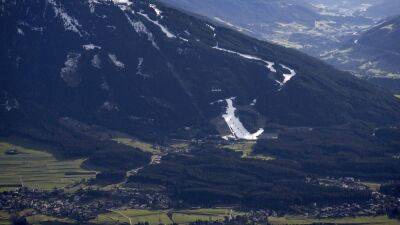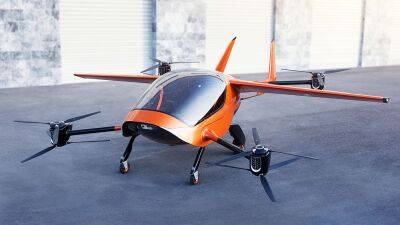Inside the refugee camp using solar power and ‘hydroponics’ to grow thousands of fruit and veg
https://www.euronews.com/green/2022/07/01/agriculture-vs-climate-change-can-we-feed-the-world-with-a-warmer-planet48-year-old Francine Mashimango stands inside a greenhouse at a hydroponics station in Tongogara Refugee Camp (TRC) in southeastern Zimbabwe.
Wearing a white dress and a black jersey to protect herself from the brutal June cold, Mashimango is looking at a month-old lettuce grown in a deep water culture system of hydroponics.
The single mother of eight children fled conflict in the Democratic Republic of Congo in 2018.
After having passed through Zambia and getting arrested along with her children for breaking immigration laws in Binga in Zimbabwe’s north, she found sanctuary at TRC in Chipinge district.
“The rebels took my husband in 2016, forcing him to join them. Until now, I do not even know if he is still alive or not,” says Mashimango in Swahili.
Shacks and makeshifts make up most of the homes in TRC.
Mashimango - who was a smallholder farmer in DRC - tried to establish a backyard garden at her home in the camp but with no success as water is nearly a kilometre away, making her farming venture unsustainable.
In November 2021, she became one of the pioneer smallholder farmers in a hydroponic station established by World Vision Zimbabwe, a humanitarian organisation with funding from the UN World Food Programme (WFP).
Hydroponics, a soilless cultivation technique that enables plant growth in arid areas or in urban areas, uses up to 90 per cent less water and 75 per cent less space than conventional farming.
Hydroponics techniques also encourage plants to grow up to two times faster, according to an WFP expert.
At TRC there are about 70 farmers who grow various vegetables and fruits such as tomatoes, cucumbers and
Read more on euronews.com













